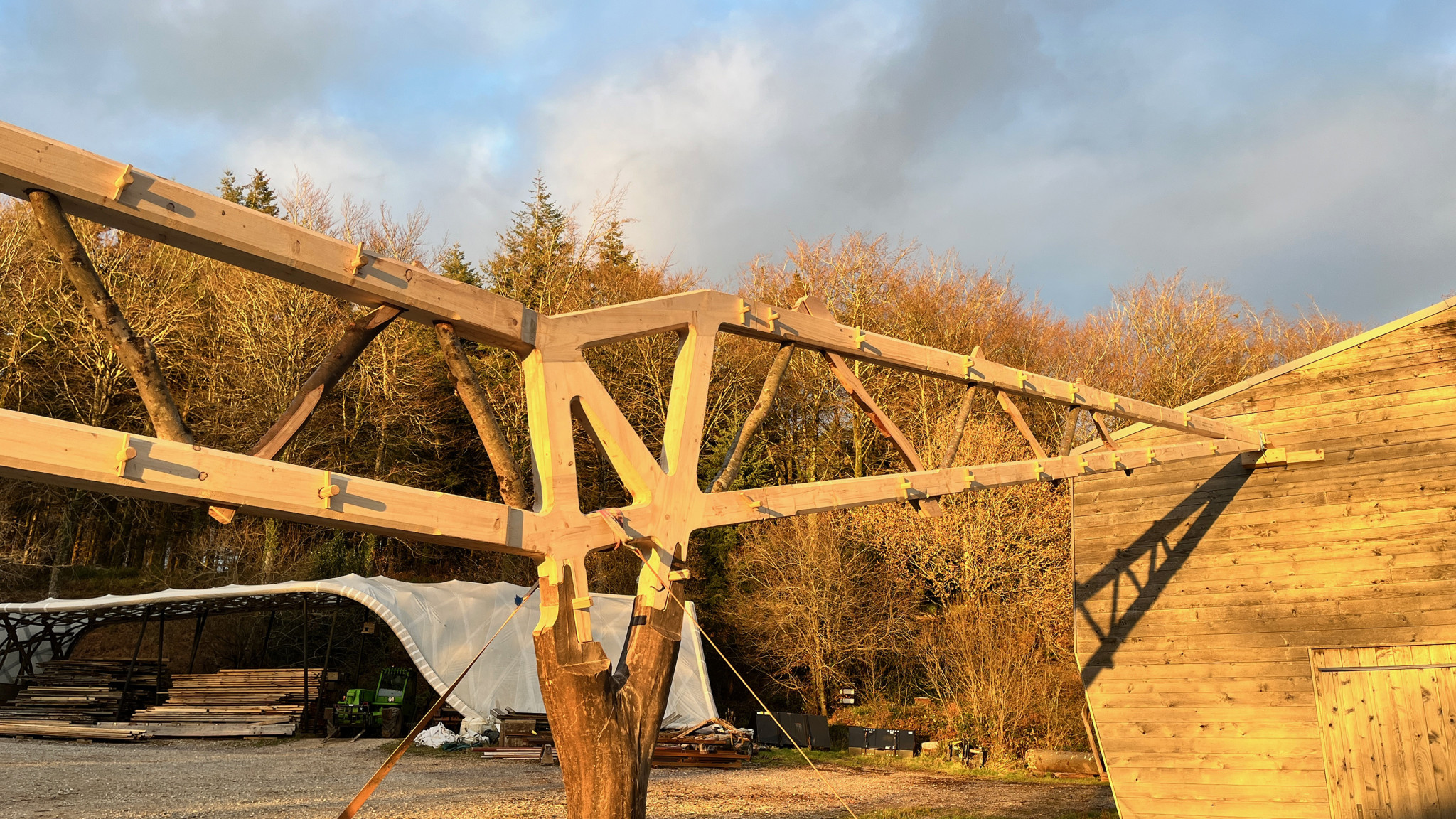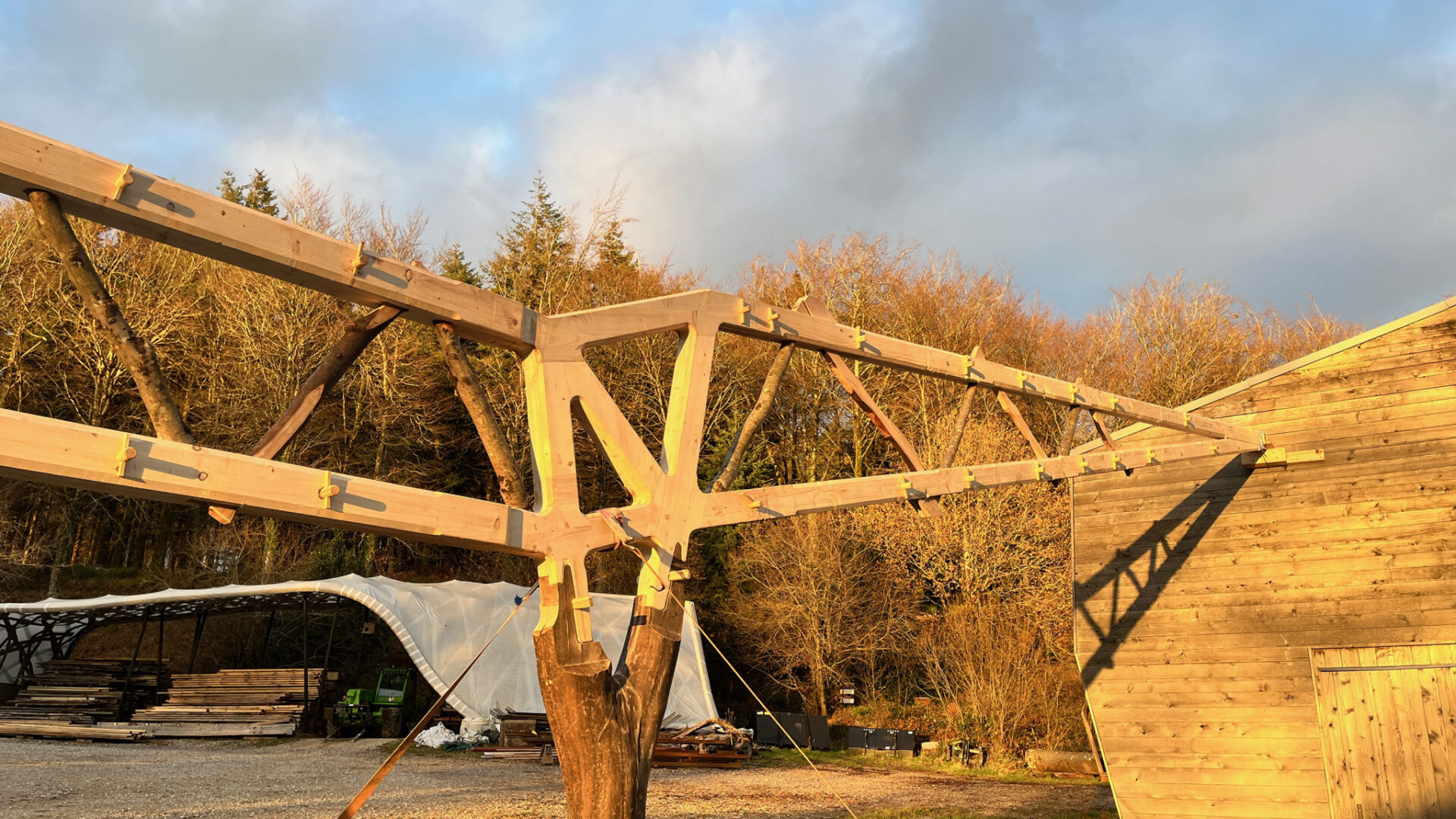The wood construction sector has experienced a remarkable transformation over the last decade, influenced by advanced technologies, growing environmental awareness, and a need for greater efficiency. While traditional, site-built roof framing was once standard, evolving consumer preferences and tighter building regulations have led the industry towards innovative construction methods. Today’s builders and designers value solutions that deliver speed, cost savings, and structural reliability, all while meeting modern sustainability standards. As a result, engineered wood building systems have become a go-to option for diverse projects.
 This shift is particularly evident in the widespread use of wood roof trusses California. By opting for pre-engineered truss systems, builders benefit from a streamlined design and installation process that minimizes material waste, reduces the need for highly skilled on-site labor, and ensures consistent structural performance. The popularity of wood trusses now stretches beyond residential applications, finding favor in commercial, multi-family, and even industrial environments thanks to their adaptability and resilience. Their evolution exemplifies how innovation in building practices meets the challenges of today’s rapidly changing construction landscape.
This shift is particularly evident in the widespread use of wood roof trusses California. By opting for pre-engineered truss systems, builders benefit from a streamlined design and installation process that minimizes material waste, reduces the need for highly skilled on-site labor, and ensures consistent structural performance. The popularity of wood trusses now stretches beyond residential applications, finding favor in commercial, multi-family, and even industrial environments thanks to their adaptability and resilience. Their evolution exemplifies how innovation in building practices meets the challenges of today’s rapidly changing construction landscape.
Modern Materials Transforming Truss Manufacturing
Modern manufacturing innovations have revolutionized wood truss technology with engineered wood products like laminated veneer lumber, glue-laminated timber, and cross-laminated timber. These materials offer high strength, dimensional stability, and adaptability, setting new standards for performance and efficiency. Engineered wood is sustainable and renewable, allowing architects to create more open spaces, minimize on-site errors, accelerate installation, and contribute to healthier indoor environments.
Technological Advances Shaping the Field
Digital transformation is changing how wood truss design, production, and implementation are carried out. Building Information Modeling (BIM) enables architects, engineers, and contractors to create buildings virtually before any physical work begins. This process helps reduce costs and improve decision-making. Additionally, Computer Numerical Control (CNC) machinery automates the cutting, shaping, and assembly of wood truss components, ensuring a perfect fit and minimizing material waste. These digital tools enhance efficiency in truss manufacturing plants, bridging the gap between design and construction, and reducing the need for custom fitting or last-minute adjustments at the job site.
Design Flexibility and Architectural Opportunities
Modern wood truss manufacturing offers designers unprecedented design flexibility with its strength-to-weight ratios and customizable configurations. This is particularly useful for open-plan layouts with fewer load-bearing walls and support columns. Modular truss systems simplify adaptive reuse and building expansion, allowing designers to create beautiful, functional buildings that enhance the quality of life for their users.
Workflow Efficiency and Prefabrication Benefits
Prefabrication is revolutionizing the building process by manufacturing trusses in climate-controlled facilities, ensuring strict quality control and standardized processes. This method reduces construction waste by up to 30% and accelerates completion by up to 50% for some projects. Prefabrication also benefits homeowners and developers by lowering costs, improving reliability, and creating a safer job site. The off-site fabrication model supports better project planning, accurate budgeting, and greater predictability throughout the construction lifecycle. It also helps balance labor demands, allowing teams to focus on specialist tasks and project finishes. This results in a more efficient, higher-quality, and less disruptive construction process.
